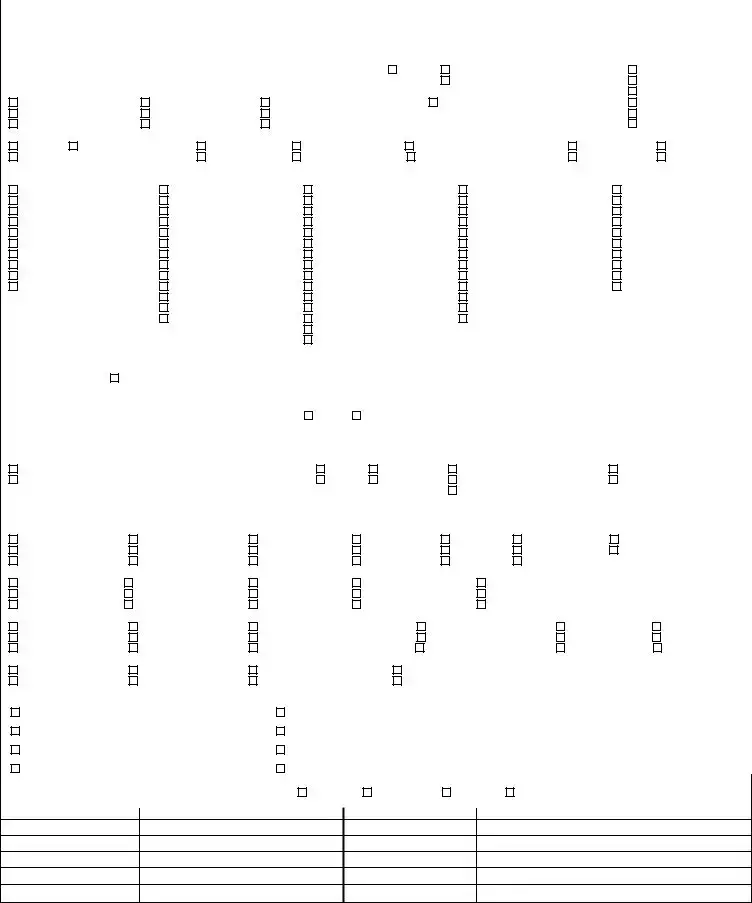Instructions on Utilizing Report Patient Care Chart
Filling out the Report Patient Care Chart form is essential for documenting the care provided to a patient during a prehospital emergency. Accurate and thorough completion of the form ensures that important information is conveyed for patient continuity and legal reasons. Here’s a straightforward guide to help you navigate through the process efficiently.
- Locate the form. Ensure you have the correct Report Patient Care Chart form available, either in paper form or digitally.
- Enter incident details. Fill in the following fields: Incident Number, Unit ID, Incident Date, Incident Address, City, State, Zip Code, County, and Location Type.
- Record key complaint information. Note the Complaint, Referred by Dispatch, and indicate whether Emergency Medical Dispatch was performed.
- Specify the level of service. Check the appropriate options for the Level of Service: BLS, ALS, or Emergency, and indicate the incident/patient disposition.
- Indicate the number of patients. State the Number of Patients on Scene and whether it was a Mass Casualty Incident.
- Outline type of service requested. Choose among options like Scene Response, ED to ED Transfer, and Transport.
- Document response mode. Fill in Initial Call for Help, Unit Left Scene, Unit En Route, and any upgrades or downgrades in response mode.
- Provide patient details. Enter the patient’s Last Name, First Name, MI, Address, City, State, Zip Code, and Age, along with the Date of Birth, Gender, Race, Ethnicity, Current Medications, and Allergies.
- Detail the medical history. Include Pertinent History, Injury Present, Cause of Injury, and any indicators of Alcohol or Drug Use.
- Describe chief complaints. Fill in the Chief Complaint Condition Code, Anatomic Location, and Organ System affected.
- Record vital signs. Log the Time, Pulse, Blood Pressure (SYS and DIA), Respiratory rate, O2 saturation, and GCS (Eye, Verbal, Motor).
- Review and finalize. Double-check all entries for accuracy and completeness, ensuring signatures are in place if required.
After all sections are properly filled out, the form is ready for submission or for further processing. It's crucial to maintain confidentiality while ensuring that all relevant information is communicated effectively for continued patient care.

